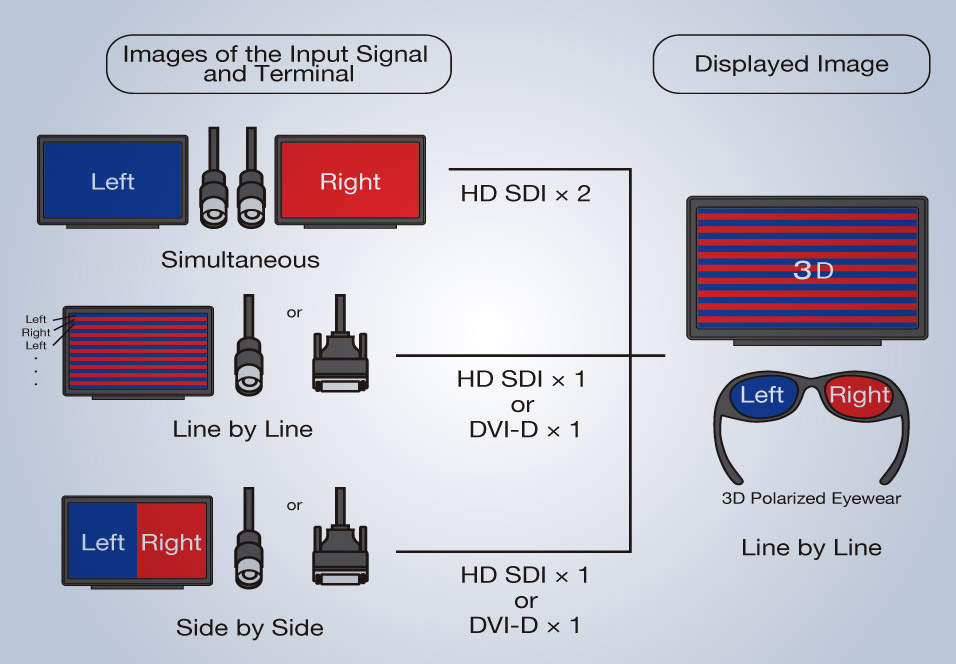Display Type: The Ultimate Guide To Choosing The Right Display For Your Needs
Have you ever wondered why some displays look better than others? The secret lies in the display type. Whether you're building a gaming rig, setting up a home theater, or just looking for a new monitor, understanding display types is crucial. In this guide, we'll break down everything you need to know about display types and help you make an informed decision.
Let's face it, shopping for a display can feel overwhelming. With so many options out there, it's easy to get lost in tech jargon and marketing buzzwords. But don't worry, we've got you covered. This article will walk you through the basics of display types, their pros and cons, and how to pick the best one for your needs.
From LCD to OLED, and everything in between, we'll dive deep into the world of display technology. By the end of this guide, you'll be a pro at distinguishing between different display types and know exactly what to look for when making a purchase. So, let's get started!
Read also:Sunday Dinners Soul Food A Journey Through Flavor And Tradition
What Exactly Is a Display Type?
Simply put, a display type refers to the technology used to create images on a screen. Different display types have unique characteristics that affect picture quality, color accuracy, and overall performance. Understanding these differences is key to finding the right display for your specific needs.
In today's market, you'll encounter several display types, each with its own set of advantages and disadvantages. For instance, LED displays are energy-efficient, while OLED offers stunning contrast ratios. But how do you decide which one is right for you? Stick around, and we'll break it down for you.
Why Does Display Type Matter?
Think about it—your display is the window to your digital world. Whether you're binge-watching your favorite shows, playing video games, or working on design projects, the quality of your display directly impacts your experience. That's why choosing the right display type is so important.
Here are a few reasons why display type matters:
- Picture Quality: Different display types produce varying levels of image clarity and color accuracy.
- Energy Efficiency: Some display types consume less power, making them more eco-friendly and cost-effective.
- Viewing Angles: Certain display types offer better visibility from different angles, which is crucial for group viewing.
- Response Time: Gamers, in particular, benefit from displays with faster response times to avoid motion blur.
Common Display Types You Should Know
Now that we've established why display type matters, let's take a look at the most common types you'll encounter in the market.
1. LCD Displays
Liquid Crystal Displays (LCDs) have been around for a while and remain a popular choice due to their affordability and reliability. LCDs use liquid crystals to produce images, and they typically come with either CCFL or LED backlighting.
Read also:Revolution Wrap Film The Ultimate Gamechanger In Automotive Vinyl
Pros:
- Affordable
- Wide availability
- Good for general use
Cons:
- Less vibrant colors compared to newer technologies
- Poor black levels
2. LED Displays
LED (Light Emitting Diode) displays are essentially LCDs with LED backlighting. This upgrade provides better brightness, energy efficiency, and thinner designs compared to traditional LCDs.
Pros:
- Energy-efficient
- Brighter images
- Slimmer and lighter
Cons:
- Still struggles with deep blacks
- Can suffer from backlight bleeding
OLED: The King of Displays?
Organic Light Emitting Diode (OLED) displays have gained a reputation for offering the best picture quality available. Each pixel in an OLED display emits its own light, resulting in perfect blacks and infinite contrast ratios.
Pros:
- Perfect blacks
- Incredible contrast ratios
- Wide viewing angles
Cons:
- More expensive
- Can suffer from burn-in over time
- Less bright than LED displays
Is OLED Worth the Investment?
If budget isn't a concern and you're looking for the best picture quality, OLED is definitely worth considering. However, if you prioritize brightness and cost-effectiveness, you might want to explore other options.
QLED: Samsung's Answer to OLED
Quantum Dot LED (QLED) displays are Samsung's take on competing with OLED technology. QLED uses quantum dots to enhance color accuracy and brightness, making it a strong contender in the display market.
Pros:
- Exceptional brightness
- Wide color gamut
- More affordable than OLED
Cons:
- Not as good at producing deep blacks
- Higher power consumption
Mini-LED: The New Kid on the Block
Mini-LED displays are a newer technology that promises to bridge the gap between LED and OLED. By using thousands of tiny LEDs for backlighting, Mini-LEDs offer better contrast ratios and more precise dimming zones.
Pros:
- Improved contrast ratios
- High brightness levels
- No risk of burn-in
Cons:
- Still not as good as OLED for black levels
- Can be pricey
Should You Choose Mini-LED?
Mini-LED is a great option if you want better performance than traditional LED displays but can't justify the cost of OLED. It offers a nice balance between price and performance.
Factors to Consider When Choosing a Display Type
Selecting the right display type depends on several factors. Here are some key considerations to keep in mind:
1. Purpose
What will you be using the display for? If you're a gamer, response time and refresh rate might be more important than color accuracy. On the other hand, if you're a graphic designer, you'll want a display with excellent color reproduction.
2. Budget
How much are you willing to spend? OLED displays are generally more expensive, while LCDs offer a more budget-friendly option.
3. Size and Resolution
The size and resolution of your display also play a role in determining the best display type. Larger screens with higher resolutions often benefit more from advanced display technologies.
Tips for Buying the Right Display
Now that you understand the different display types, here are some tips to help you make the right purchase:
- Set a budget and stick to it.
- Read reviews and compare specifications.
- Consider the warranty and return policy.
- Visit a store if possible to see the display in person.
Conclusion: Making the Right Choice
Choosing the right display type doesn't have to be complicated. By understanding the differences between LCD, LED, OLED, QLED, and Mini-LED, you can make an informed decision that meets your needs and budget.
Remember, the best display for you depends on your specific requirements. Whether you're a casual user or a professional, there's a display type out there that's perfect for you. So, take your time, do your research, and don't be afraid to ask questions.
And hey, if you found this guide helpful, drop a comment below or share it with your friends. Let's spread the knowledge and help others navigate the world of display technology. Until next time, happy shopping!
Table of Contents
- What Exactly Is a Display Type?
- Why Does Display Type Matter?
- Common Display Types You Should Know
- OLED: The King of Displays?
- QLED: Samsung's Answer to OLED
- Mini-LED: The New Kid on the Block
- Factors to Consider When Choosing a Display Type
- Tips for Buying the Right Display
- Conclusion: Making the Right Choice
My Muses Card Shop: Your Ultimate Destination For Heartfelt Greetings
800 Rockaway Ave Lakewood NJ: The Hidden Gem You Need To Discover Now
Lyssa Lynne Age: Unveiling The Life And Journey Of A Rising Star

MOTTO DISTRIBUTION » Displaay Type Foundry

What Are Different Types Of Displays Design Talk

Lcd Monitor